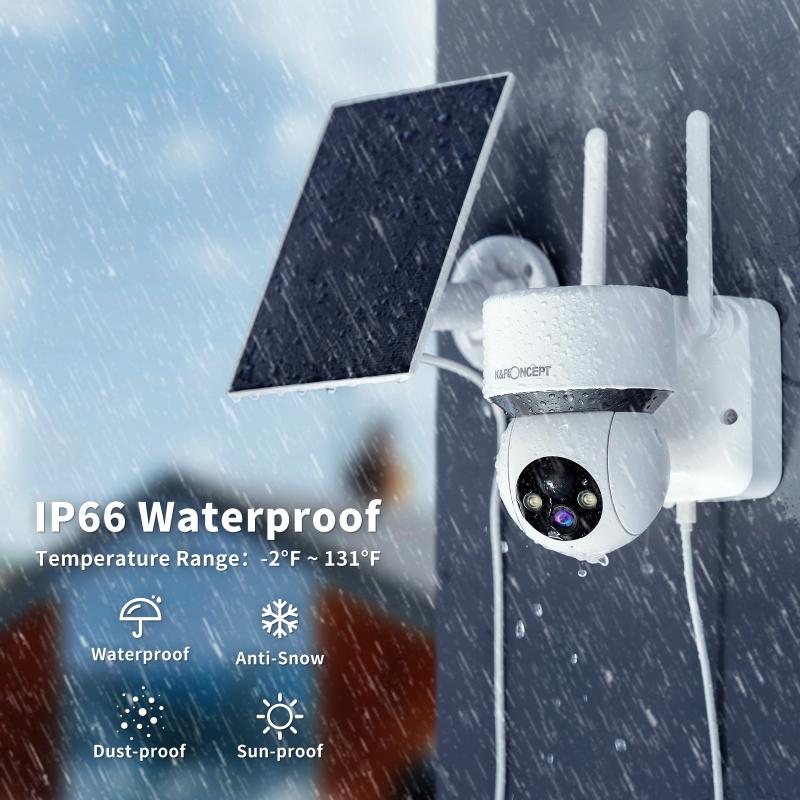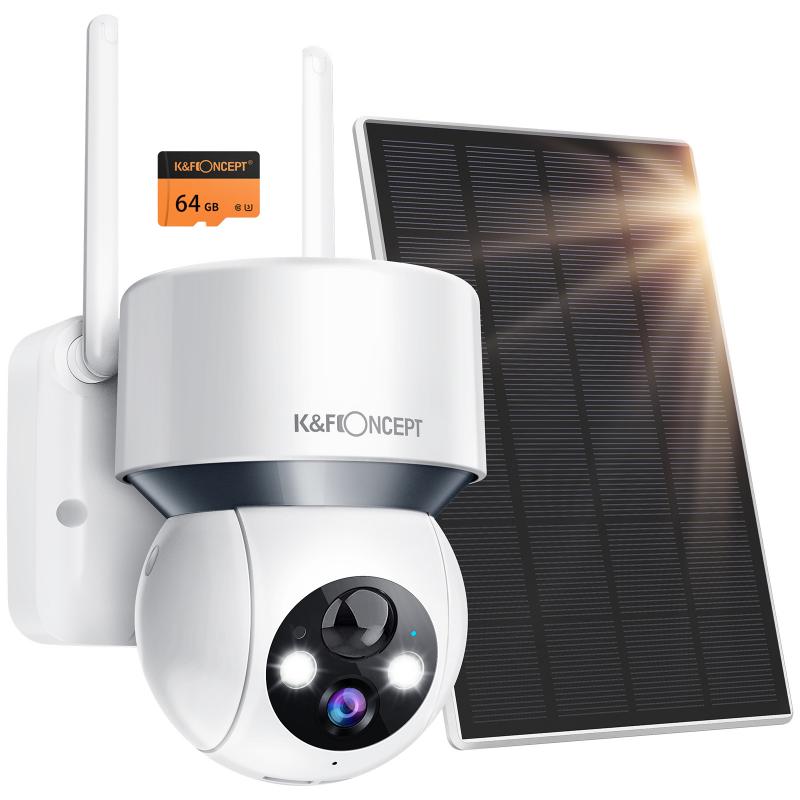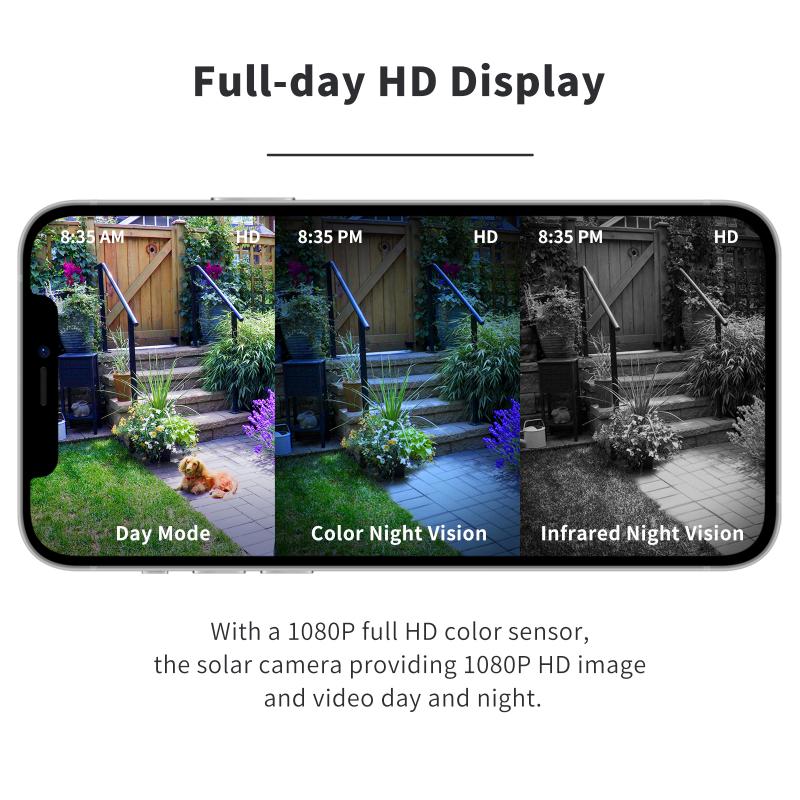How Much For Solar Panels On House?
The cost of installing solar panels on a house is a common query among homeowners looking to reduce their energy bills and carbon footprint. This article aims to provide a comprehensive guide to understanding the various factors that influence the cost of solar panel installation, the potential savings, and the overall benefits of making the switch to solar energy.
Understanding the Cost Components

The cost of solar panels for a house can vary widely based on several factors. Here are the primary components that contribute to the overall cost:
1. Solar Panel Type and Efficiency: The type of solar panels you choose significantly impacts the cost. Monocrystalline panels are generally more efficient and expensive than polycrystalline panels. Thin-film panels are less efficient but can be cheaper.
2. System Size: The size of the solar panel system, measured in kilowatts (kW), directly affects the cost. A larger system will generate more electricity but will also be more expensive to install.
3. Installation Costs: Labor costs for installation can vary based on your location and the complexity of the installation. Roof type, angle, and accessibility can all influence labor costs.
4. Inverter and Other Equipment: The inverter, which converts the DC electricity generated by the panels into AC electricity for home use, is another significant cost. Additional equipment like mounting hardware, wiring, and monitoring systems also add to the total cost.
5. Permits and Inspections: Local regulations may require permits and inspections, which can add to the overall cost. These fees vary by location.
6. Incentives and Rebates: Federal, state, and local incentives can significantly reduce the net cost of solar panel installation. The Federal Investment Tax Credit (ITC) allows you to deduct a percentage of the installation cost from your federal taxes.
Average Cost Estimates

As of 2023, the average cost of solar panel installation in the United States ranges from $2.50 to $3.50 per watt. For a typical 6 kW system, this translates to a total cost of $15,000 to $21,000 before incentives. After applying the Federal ITC, the net cost can be reduced by 26%, bringing the total down to approximately $11,100 to $15,540.
Factors Influencing Cost Variations

1. Geographic Location: Solar panel costs can vary by region due to differences in labor costs, permitting fees, and local incentives. States with higher electricity rates and more sunlight, like California and Arizona, often see quicker returns on investment.
2. Energy Consumption: Your household's energy consumption will determine the size of the system you need. Higher energy consumption requires a larger system, which increases the cost.
3. Roof Condition: If your roof needs repairs or reinforcement to support the solar panels, this will add to the overall cost. Some homeowners may also choose to replace their roof at the same time as the solar installation.
4. Financing Options: How you choose to finance your solar panel system can affect the overall cost. Options include paying upfront, taking out a loan, or entering into a solar lease or power purchase agreement (PPA).
Potential Savings and Return on Investment

The primary financial benefit of installing solar panels is the reduction in your electricity bills. The amount you save depends on your energy consumption, the size of your solar panel system, and the cost of electricity in your area. On average, homeowners can save between $10,000 and $30,000 over the lifetime of their solar panel system.
The payback period, or the time it takes for the savings to equal the initial investment, typically ranges from 5 to 10 years. After the payback period, the electricity generated by the solar panels is essentially free, providing ongoing savings.
Environmental Benefits
Beyond the financial savings, solar panels offer significant environmental benefits. By generating electricity from a renewable source, you reduce your reliance on fossil fuels, which helps decrease greenhouse gas emissions. A typical residential solar panel system can offset approximately 3 to 4 tons of carbon dioxide per year.
Practical Considerations
1. Roof Suitability: Not all roofs are suitable for solar panels. Factors like shading, roof orientation, and available space can impact the efficiency of your solar panel system. A professional assessment can help determine if your roof is a good candidate for solar panels.
2. Maintenance: Solar panels require minimal maintenance, but it's essential to keep them clean and free of debris to ensure optimal performance. Most systems come with a warranty that covers maintenance and repairs for a specified period.
3. Home Value: Installing solar panels can increase your home's value. Studies have shown that homes with solar panel systems sell faster and at a higher price than homes without them.
The cost of installing solar panels on a house can vary based on several factors, including the type of panels, system size, installation costs, and available incentives. While the initial investment can be substantial, the long-term savings on electricity bills and the environmental benefits make it a worthwhile consideration for many homeowners. By understanding the various cost components and potential savings, you can make an informed decision about whether solar panels are the right choice for your home.
